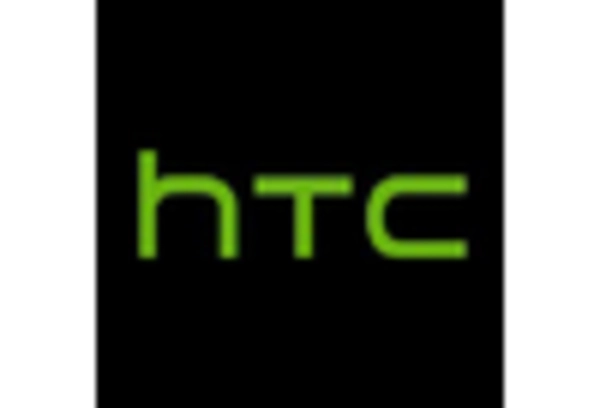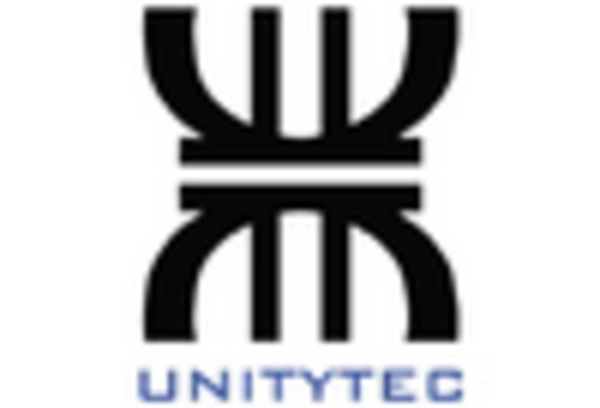Germany : Strong Investment and Innovation Hub
Germany holds a dominant position in the immersive technology-in-education sector, with a market value of $450.0 million, representing approximately 30% of the European market. Key growth drivers include substantial government funding for digital education initiatives, a robust tech infrastructure, and increasing demand for innovative learning solutions. Regulatory policies favoring digital transformation in schools further enhance market potential, while industrial development in tech hubs like Berlin and Munich supports this growth.
UK : Innovation and Collaboration at Forefront
The UK market for immersive technology in education is valued at $350.0 million, accounting for about 23% of the European market. Growth is driven by a strong emphasis on STEM education, partnerships between tech firms and educational institutions, and increasing adoption of virtual learning environments. Government initiatives, such as the EdTech Strategy, promote the integration of technology in education, enhancing accessibility and engagement.
France : Government Support Fuels Growth
France's immersive technology-in-education market is valued at $300.0 million, representing roughly 20% of the European market. Key growth drivers include government initiatives aimed at modernizing education, such as the 'France 2030' plan, which emphasizes digital tools in classrooms. The demand for personalized learning experiences is rising, supported by a growing number of startups in cities like Paris and Lyon, enhancing the competitive landscape.
Russia : Investment in Digital Learning Solutions
Russia's market for immersive technology in education is valued at $200.0 million, making up about 13% of the European market. The growth is fueled by increasing investments in digital infrastructure and a national focus on modernizing education. Demand for immersive learning tools is rising, particularly in urban centers like Moscow and St. Petersburg, where educational institutions are adopting new technologies to enhance learning outcomes.
Italy : Cultural Heritage Meets Technology
Italy's immersive technology-in-education market is valued at $150.0 million, representing about 10% of the European market. Growth drivers include a rich cultural heritage that encourages the use of technology in education, particularly in art and history. Government initiatives aimed at integrating digital tools in schools are gaining traction, with cities like Milan and Rome leading the charge in adopting immersive learning solutions.
Spain : Focus on Accessibility and Engagement
Spain's market for immersive technology in education is valued at $100.0 million, accounting for approximately 7% of the European market. The growth is driven by increasing interest in digital learning solutions and government policies promoting educational innovation. Cities like Barcelona and Madrid are becoming key markets, with local startups and established players collaborating to enhance educational experiences through immersive technologies.
Rest of Europe : Varied Market Dynamics and Growth
The Rest of Europe market for immersive technology in education is valued at $254.48 million, representing about 17% of the European market. This diverse region showcases varied growth drivers, including local government initiatives and unique educational needs. Countries like Sweden and the Netherlands are leading in adopting immersive technologies, supported by strong tech ecosystems and a focus on innovative learning methodologies.

















Leave a Comment